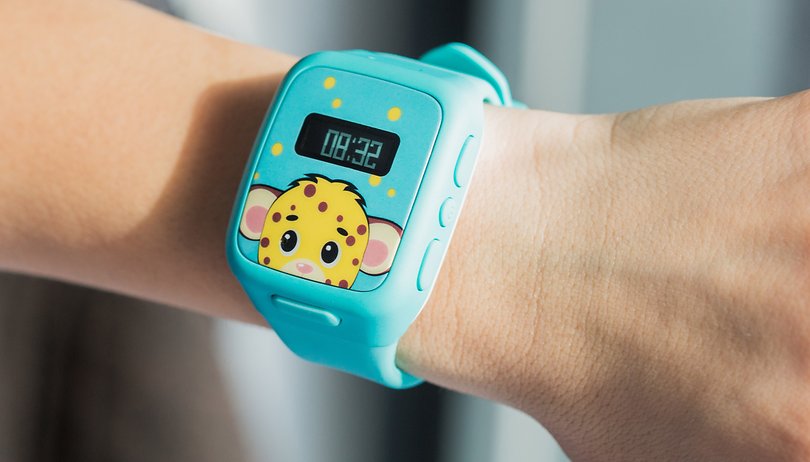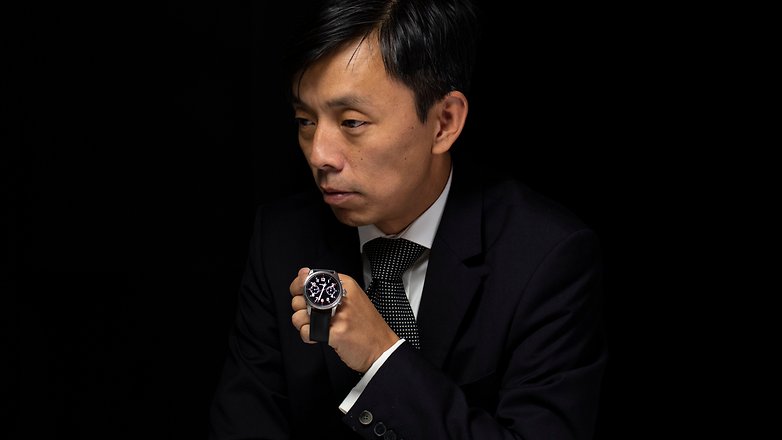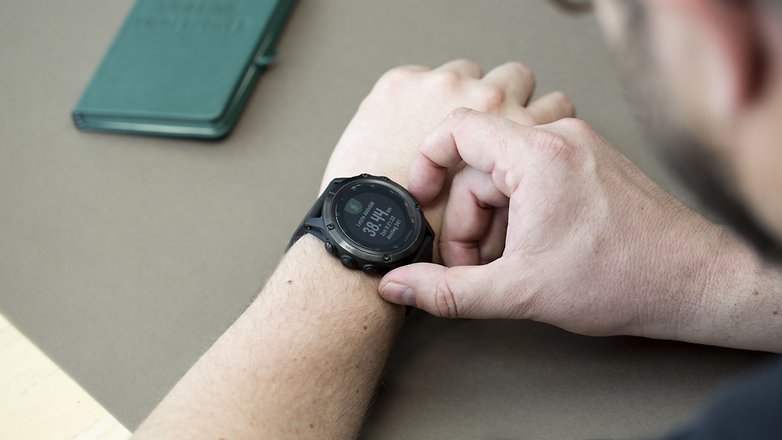Smartwatches? They're still in their infancy!

Tablets are dead, foldable smartphones are on everyone's lips and smartwatches? There are a lot of them, but they don't seem to make any progress, even in this current PDA phase. What the hell's going on?
If you look at the smartphone market, the current Apple Watch and Samsung Galaxy Watch or Gear series are dominating. Sure, Fossil, Tag Heuer, Michael Kors, Huawei, Montblanc, Casio, Hugo Boss and many, many other manufacturers have tried their hands at a smartwatch, but they all suffer from one thing above all else: Wear OS.
The Android operating system for smartwatches has undoubtedly become more usable due to the recently delivered major update, but it still has a long way to go. My colleague Bastian was super excited when the Emporio Armani Connected came out, but in his review not only did he find a miserable battery life, but it also came across so sluggish. I was also simply disappointed by the Fossil Q Control after several weeks of use.
Old hardware and immature software
I'd like to put the blame on Qualcomm here. With the Snapdragon Wear 2100, the chip manufacturer let the smartwatch manufacturers sit on a terribly old processor for a long time, which belongs in the garbage in terms of performance and energy management.
And also what the company presented with the Snapdragon Wear 3100 a few weeks ago is a bad joke. More battery life and better performance cannot be achieved with this. Because even for a smartwatch like the Summit 2, manufactured by Montblanc, can only promise one-day of battery life.

And even though the lack of success of smartwatches is certainly due to the combination of old hardware and still immature software, another reason seems to play an important role: time. And that's not even meant as a bad watch joke.
I'll give you three seconds
For me, there is one problem with smartwatches: they don't save time. They don't make things easier yet - they are not simple enough yet. The Verge's Dieter Bohn gave the problem the name "Three Second Principle" some years ago. Basically, this means: if you have to mess around on your watch for more than three seconds for an action, then it's scrap metal.
And that applies to me at the moment unfortunately for all smartwatches. They currently offer me no added value than to remind me with a quick glance of an upcoming appointment. Swipe off an annoying e-mail or see who wrote to me? In return for that, I don't want to tie a device around my wrist, which I have to recharge every night. That's what I've got my smartphone for.

And what does all this have to do with a PDA aka, a Personal Digital Assistant? The clumsy pioneer of the smartphone was used for four things in particular: calendar, contacts, notes and a to-do list (The Four Pillars of PIM). With that it offered a focus and with just a few icons at the bottom, you could go wherever you wanted with a tap and start writing.
For example, the principle served as a template for Steve Jobs, who wondered what else users could we do with such a device so that it would be satisfactory for users. With the iPod, the result was that no song should be more than three clicks away.
This must all be a lot easier!
What about the Apple Watch? The offers 15 ways to interact and four different home screens (Home, Apps, Notifications, Glances). And Wear OS? Five screens and different ways to tap, hold and swipe. Tizen OS isn't much easier when you feel you have to do five laps to get to an app.
This has to get easier! Much easier! I want to be able to do a lot with my smartwatch, but it has to be easy and fast. In the meantime, I find it much more impolite if someone stares at a smartwatch for several seconds in the middle of a conversation or swipes it around than to look at a smartphone for a moment and then turn to me again. I want to see what's going on with a quick glance at the watch and then suddenly type the appropriate action.

So what do we need? A smartwatch with many functions, yet a simple menu navigation, long battery life, good performance, perfect interaction with smartphone apps and all that in a slim housing. Am I being too ambitious? I might be. But these are the things that would make a smartwatch really attractive for me again.
Until then, I'll look at my Casio F-91W to see what time it is. I haven't even recharged it in the last 10 years and have accidentally washed it five times.
What's your opinion on this? Do you have a smartwatch and if so, which one? Or do you see, like me, simply no sufficiently large added value in smartwatches? Let us know in the comments!




Thanks